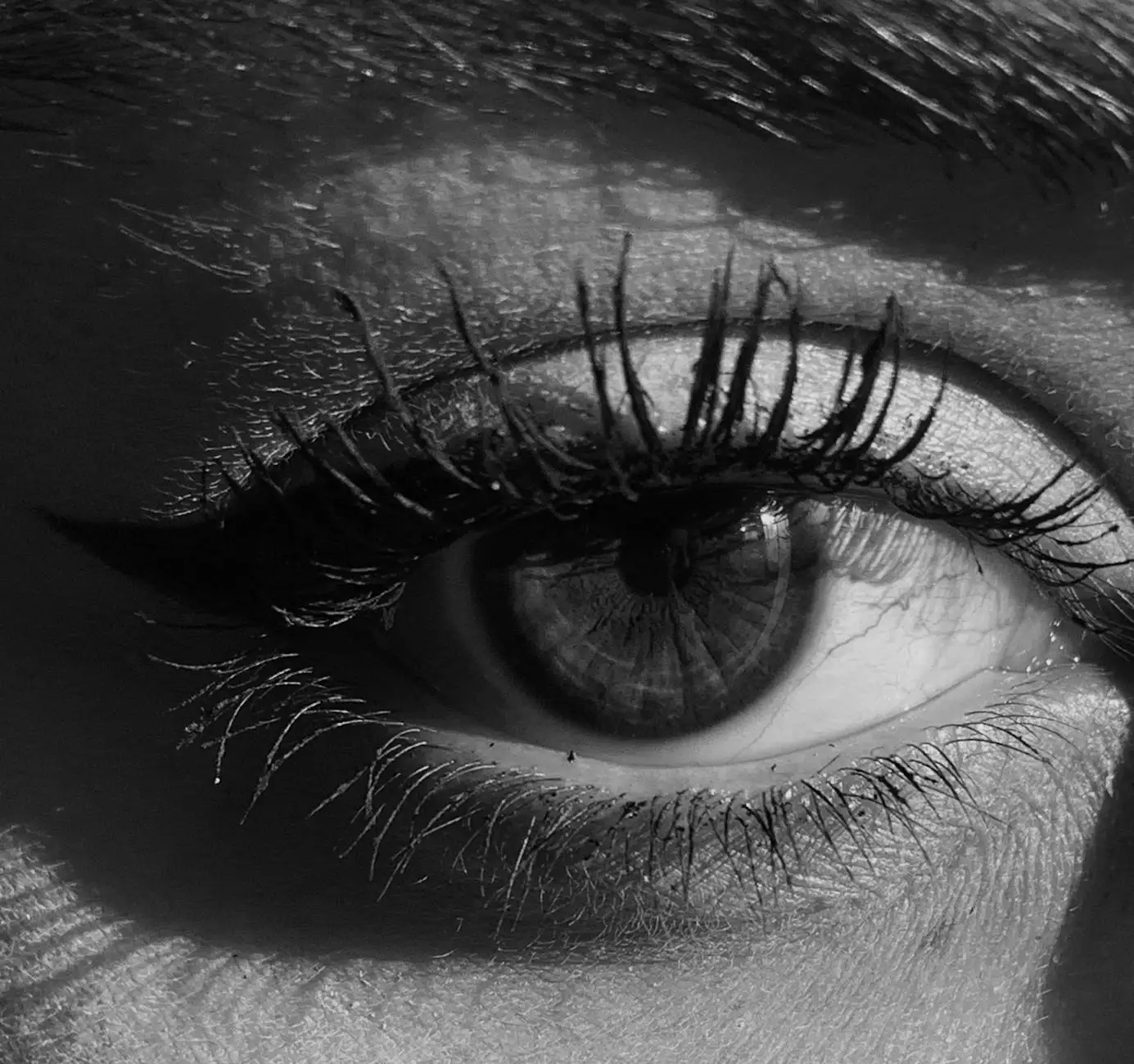Understanding Blepharoplasty: A Comprehensive Guide to Eyelid Surgery

Blepharoplasty, originating from the Greek words "blepharon" (eyelid) and "plassein" (to shape), is a surgical procedure that focuses on enhancing the appearance of the eyelids. This cosmetic surgery can significantly contribute to one’s overall aesthetic by addressing issues like droopy eyelids, bags under the eyes, and excess skin. As we delve deeper into this topic, we aim to provide valuable insights, making this guide a comprehensive resource for anyone considering eyelid surgery.
1. The Purpose of Blepharoplasty
The primary objective of blepharoplasty is to improve both the functional and aesthetic aspects of the eyelids. Many individuals seek this procedure for various reasons, including:
- Improving Vision: Excess skin on the upper eyelids can obstruct peripheral vision, making it difficult to see clearly. This surgery can rectify such issues.
- Aesthetic Appeal: Patients often want to reduce the appearance of aging, such as sagging eyelids and under-eye bags.
- Boosting Confidence: A more youthful look can greatly enhance a person's self-image, resulting in increased confidence in social and professional interactions.
2. Types of Blepharoplasty Procedures
Understanding the different types of blepharoplasty is crucial for anyone considering this surgery. The procedure can be tailored to individual needs, including:
- Upper Eyelid Surgery: This procedure focuses on the upper eyelids, removing excess skin and fat to elevate the fold of the eyelid.
- Lower Eyelid Surgery: This type reduces bags under the eyes by removing excess fat and skin and may also involve repositioning the remaining tissue.
- Double Eyelid Surgery: Commonly practiced in East Asian countries, this procedure creates a natural-looking crease in the upper eyelid.
3. Ideal Candidates for Blepharoplasty
Not everyone is a suitable candidate for blepharoplasty. Potential candidates should consider the following:
- Individuals over the age of 35 are often recommended due to skin elasticity changes.
- Those with realistic expectations and goals for the procedure.
- Patients without serious eye conditions, such as glaucoma or retinal detachment.
- Individuals in good overall health to minimize complications during and after surgery.
4. The Blepharoplasty Procedure: What to Expect
The blepharoplasty process typically involves several key steps, which can vary based on individual needs. Understanding these steps helps set expectations:
- Consultation: Before the procedure, patients will have a thorough consultation with a qualified surgeon. Discuss your medical history, expectations, and desired outcomes.
- Anesthesia: Depending on the extent of the surgery, either local anesthesia or general anesthesia may be used.
- Incisions: The surgeon will make incisions according to the chosen procedure, discreetly placed to minimize scarring.
- Removal of Excess Skin and Fat: The surgeon will carefully remove or reposition fatty tissue and excess skin.
- Closure: Incisions are carefully closed with sutures or skin adhesives, ensuring minimal visibility of scarring.
- Recovery: Post-operative care will be discussed, including managing swelling and discomfort.
5. Recovery and What to Expect Post-Operation
Recovery from blepharoplasty is crucial for achieving the best possible results. Here are key points regarding the recovery process:
- Initial Recovery: Patients typically experience swelling and bruising around the eyes for a few days following surgery.
- Activity Limitations: It is advisable to avoid strenuous activities for at least two weeks. This includes heavy lifting or exercise.
- Follow-Up Appointments: Regular check-ins with the surgeon are essential to monitor healing and address any concerns.
- Full Recovery: While many patients return to work and daily activities within a week, full recovery can take several weeks.
6. Risks and Considerations of Blepharoplasty
Like any surgical procedure, blepharoplasty comes with its set of risks. Some potential complications include:
- Infection: Although rare, postoperative infections can occur and may require treatment.
- Scarring: While incisions are placed discreetly, scarring is a possibility that varies by patient.
- Dry Eyes: Temporary dryness or irritation in the eyes is common post-surgery.
- Changes in Vision: Though very rare, changes in vision can occur and should be discussed with your surgeon.
7. Choosing the Right Surgeon for Blepharoplasty
Selecting a well-qualified and experienced surgeon is critical for a successful blepharoplasty. Here are some factors to consider:
- Board Certification: Ensure your surgeon is board-certified in plastic or cosmetic surgery.
- Experience: Look for a surgeon with extensive experience in eyelid surgeries and a proven track record of successful outcomes.
- Patient Reviews: Research patient testimonials and before-and-after photos to gauge the surgeon’s skill and patient satisfaction.
- Consultation: Take the opportunity to ask questions and discuss your expectations during the initial consultation.
8. Alternatives to Blepharoplasty
For those who may not be ready for surgery, there are non-surgical alternatives to consider. These may include:
- Injectable Fillers: Products such as hyaluronic acid fillers can temporarily reduce the appearance of under-eye bags.
- Botox: Botox can help smooth out lines around the eyes and elevate the brow for a more youthful appearance.
- Laser Treatments: Non-invasive laser options can tighten skin and reduce wrinkles without the need for surgery.
9. The Future of Blepharoplasty
The field of ocular surgery, particularly blepharoplasty, continues to evolve. Innovations in techniques and technologies are improving outcomes and patient satisfaction:
- Minimally Invasive Techniques: Newer methods aim to minimize scarring and recovery time.
- Advanced Imaging: Enhanced imaging technology allows for more precise planning and execution of the procedure.
- Regenerative Medicine: Research into stem cell treatments may offer new avenues for skin rejuvenation and repair.
Conclusion
Blepharoplasty is more than simply a cosmetic procedure; it can significantly enhance one’s quality of life by improving vision and boosting self-esteem. As with any surgical endeavor, thorough research, consultations, and understanding of the procedure's risks and benefits are vital. If you're in the vicinity of a leading medical center like The Wellcome, consider taking the first step towards achieving your aesthetic goals through this transformative eyelid surgery.









